
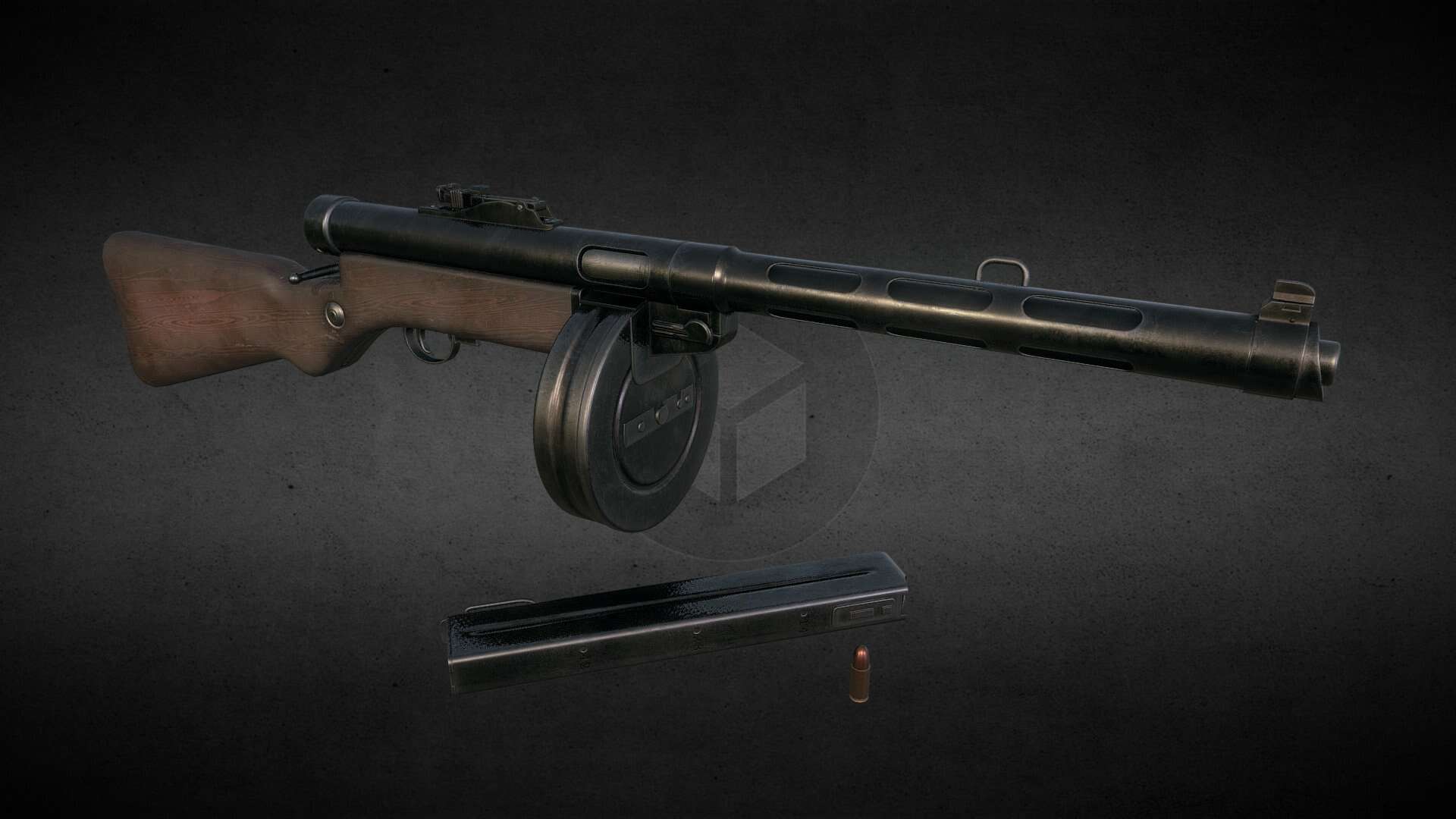







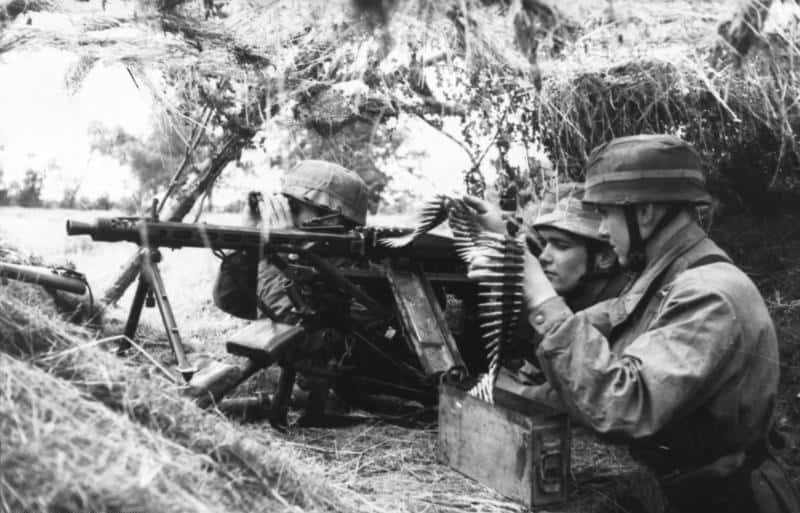
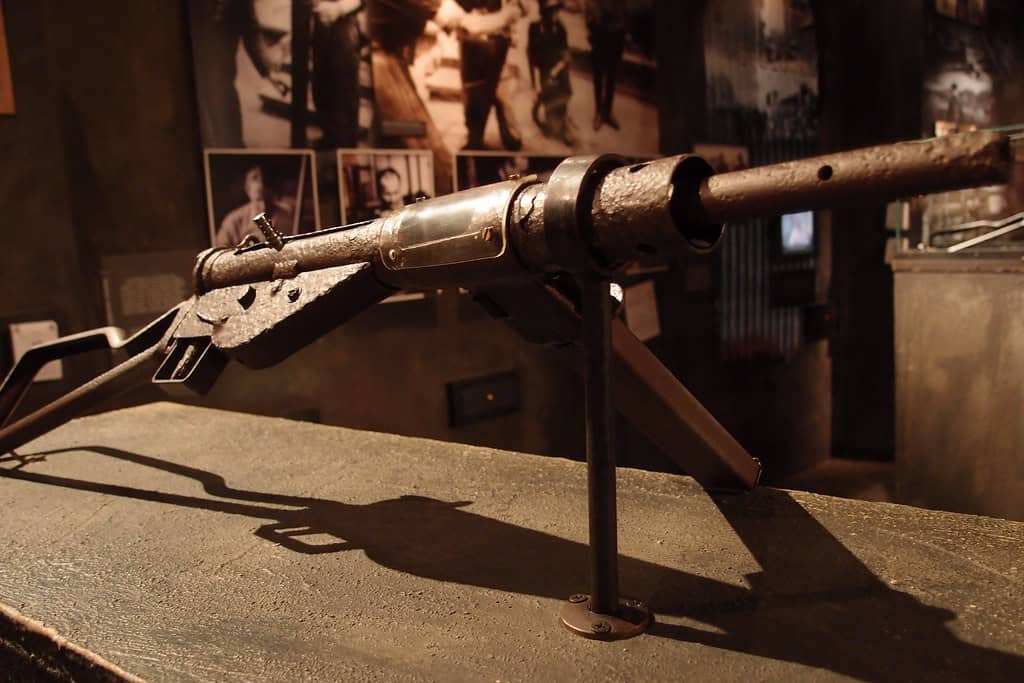

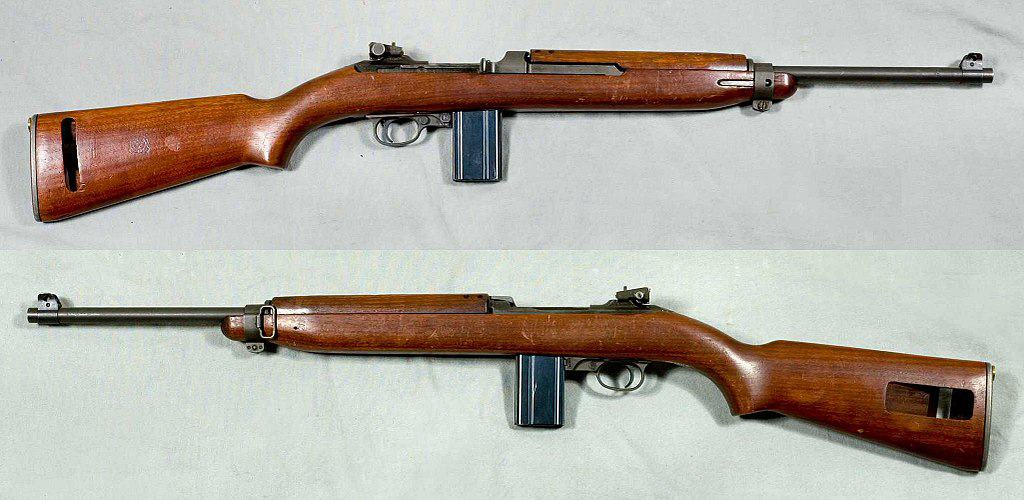

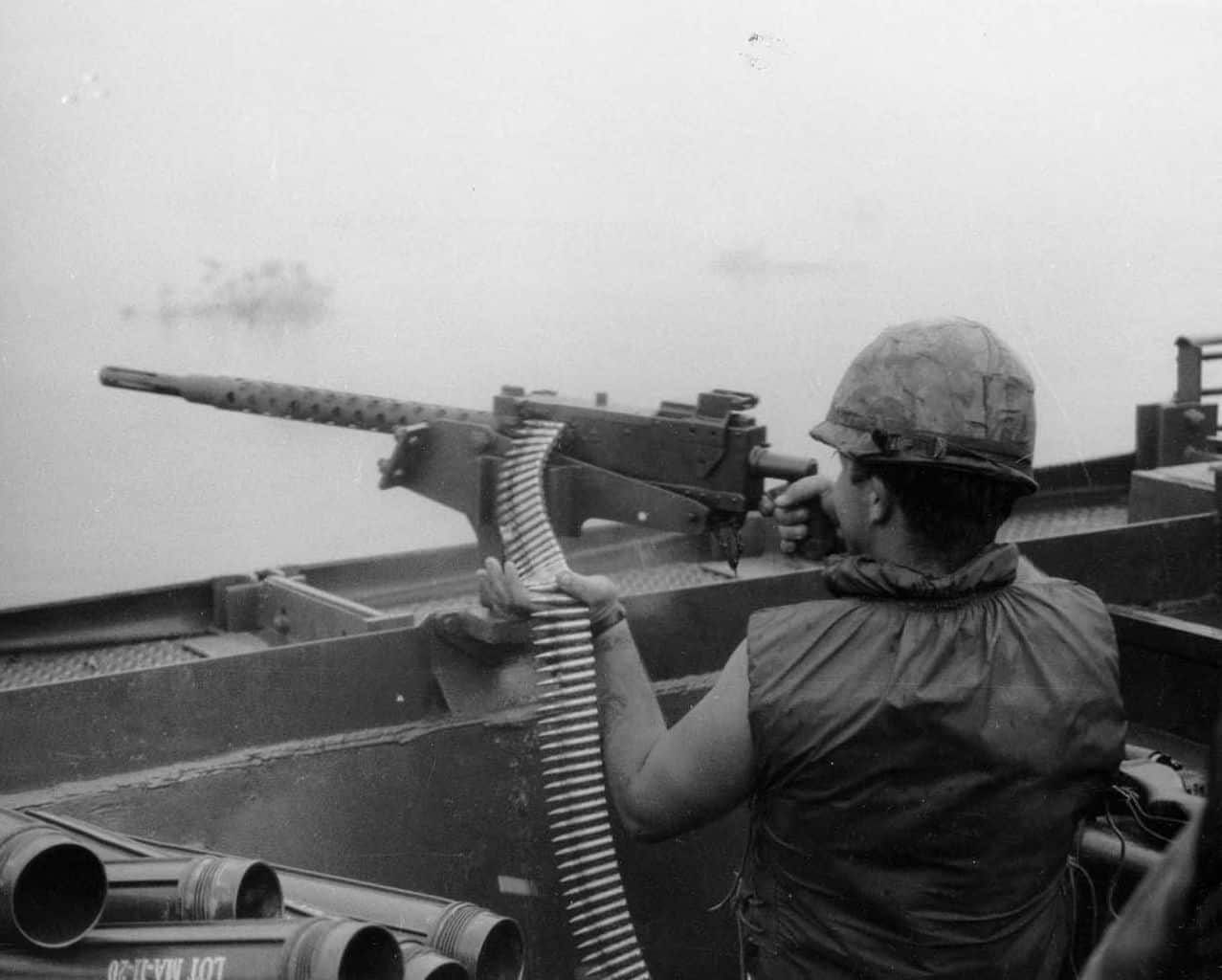
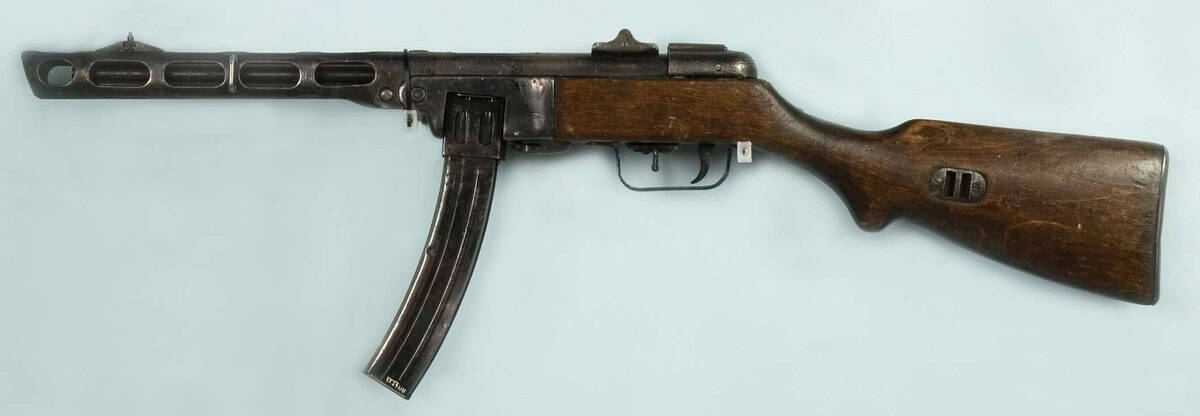
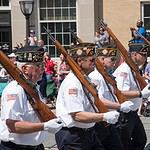
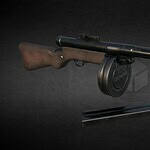
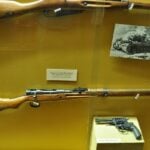
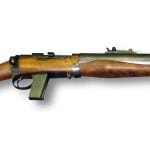
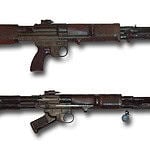

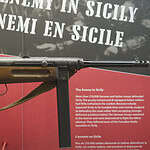

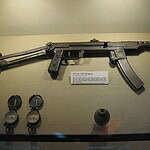
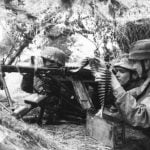

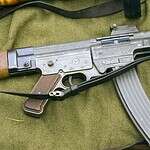
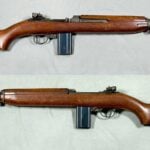
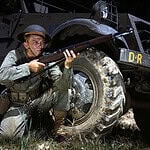
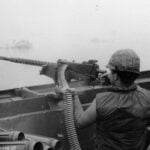
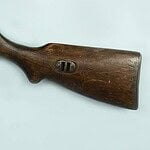
These WWII Guns Are Still in Use Around the World
One of the more notable aspects of firearms designed for war is that they are built to withstand all kinds of punishing environments. Even when produced in mass quantities, these weapons are designed to remain reliable under harsh conditions, which means they are made to last for years. In some cases, World War II firearms were created specifically for the war but have stood the test of time and are still used today.
15. Suomi KP/-31
The Suomi KP/-31 is a Finnish submachine gun mainly used during World War II but also saw later use in other conflicts, including the 1948 Arab-Israeli War. Thanks to its 71-round drum and cold weather reliability, the gun's robust design made it a staple in Finnish military service before it was widely retired in the 1970s, after which it was used only by limited groups.
14. Type 99 Arisaka
Designed by the Arisaka commission in Japan, over three million Type 99 Arisaka units were produced, so it is not surprising that insurgents all over Southeast Asia can still find them. Chambered for the 7.7x58mm Arisaka cartridge, the rifle impressed Japanese troops with its reliability, making it a workhorse in rough conditions during combat on various islands.
Its durability is why the gun is still in use today.
13. De Lisle Carbine
The De Lisle carbine was a popular British firearm during World War II. Because of its integrated silencer, it was also known as a commando weapon. Unfortunately, its use was limited to specialized military units, so only 200 De Lisle carbines were produced.
Due to its rarity, the De Lisle carbine is now primarily found in museums and private collections rather than in active military service. However, some are in the hands of smaller nations. British Commandos appreciated the gun's quiet operation, though it is less practical than modern equivalents.
12. FG 42
Introduced in 1942, the 7.92x57mm Mauser FG 42 automatic rifle was used by German paratroopers. It saw limited production but continues to be used in conflict zones, mainly in Africa.
German paratroopers loved the FG 42 and its firepower, which made it the weapon of choice for elite German military units. After the war, North Vietnamese forces adopted the gun, though no major military force uses it today.
11. Type 100 Submachine Gun
The Type 100 Submachine Gun, introduced in 1940, was a smaller Japanese production of no more than 30,000 units. It was used in World War II, but today, it’s primarily used by collectors and reenactors of the war.
Its longevity was demonstrated by its post-war issuance to the Japanese police force, although it was considered underpowered and impractical for close-quarters action.
10. Beretta Model 38
The Italian Navy still highly regards the Beretta Model 38, which remained hugely popular after its introduction. It was used in countries like Egypt, Lebanon, and Somalia during World War II. Italian troops praised its accuracy while showing frustration over its weight. The 9mm Parabellum round does not have the same stopping power as a rifle, but it gets the job done.
9. M3 Grease Gun
The “Grease Gun” was a .45-caliber submachine gun introduced by the US Army in December 1942. It was nicknamed the 'Grease Gun' because it resembled a tool a mechanic would use. The gun's compact size made it a favorite of US troops, though it had a slower rate of fire than other weapons. Today, although few remain, the M3 Grease Gun is still used by the Philippine Army as a 'Personal Defense Weapon.'
8. PPSh-43
Released in 1943, the PPSh-43 was a 7.62x25mm Tokarev submachine gun used by the Soviet Union. With over 2 million produced, the PPSh-43 has endured the Cold War and modern conflicts like Ukraine and the Middle East. Stockpiles still exist in former Soviet states, where troops enjoyed the PPSh-43’s lightweight and easy-to-use design.
7. MG 42
Designed for the German Army, the MG 42 is a German recoil-operated general-purpose machine gun still used in the Syrian Civil War. It uses a 7.92x57mm Mauser rifle round and was popular for its reliability and ease of operation by troops under fire. Along with a variant of the MG 34, there are surpluses of both weapons still in use by German and NATO forces and Serbian reserve troops.
6. Sten Gun
The Sten Gun, a submachine gun with a 9mm Parabellum bullet, was introduced in 1941 by the United Kingdom. Over 4 million were made, and British troops appreciated its lightweight design. However, its fragile construction and crude appearance were considered drawbacks. Today, insurgents in the Middle East and North Africa utilize the Sten Gun.
5. Sturmgewehr 44
The Sturmgewehr 44, an assault rifle chambered in 7.92x33mm Kurz, was introduced by the German Army in 1944, with over 425,000 units produced. Still in use by the Syrian opposition, the Sturmgewehr 44 is said to have influenced the design of the AK-47 and was loved for its automatic fire and easy maneuverability in close quarters.
4. M1 Carbine
Introduced in 1942, the .30 Carbine gun was nicknamed the “Baby Garand” for its lightweight design and rapid fire capability. Unfortunately, troops were dissatisfied with its limited stopping power. However, with over 6 million produced, some models are still used by reserve troops in developing nations, including recent conflicts such as the Syrian Civil War and the Mexican Drug War.
3. M1 Garand
The M1 Garand is a semi-automatic rifle that needs no introduction in the US as a staple weapon from World War II. Using a .30-06 Springfield caliber bullet, this weapon saw more than 6 million produced and is still in use for both ceremonial and civilian purposes. US ceremonial units use the gun that “won the war” for performances and in the Civilian Marksmanship Program.
2. M1919A4 Browning
The M1919A4 Browning, loved by troops for its durability, has a lengthy history. Introduced in 1939, it was used in World War II, Korea, and Vietnam. Today, the M1919A4 Browning, chambered initially in .30-06 Springfield and later in 7.62mm NATO, with over 400,000 produced, is still in use in many reserve units of nations with close US ties, including as the Canadian C5 variant.
1. PPSh-41
The PPSh-41, a Russian-made firearm introduced by the Soviet Union in 1941 and chambered for the 7.62x25mm Tokarev round, saw extensive combat with the Red Army during both World War II and the Korean War.
With around six million produced out of stamped steel, the weapon was nicknamed “Papasha” or “Daddy” for its reliability in combat, thanks to its high rate of fire. Today, the gun is still in use in Ukraine, with many being used to fight against the 2022 Russian invasion.
